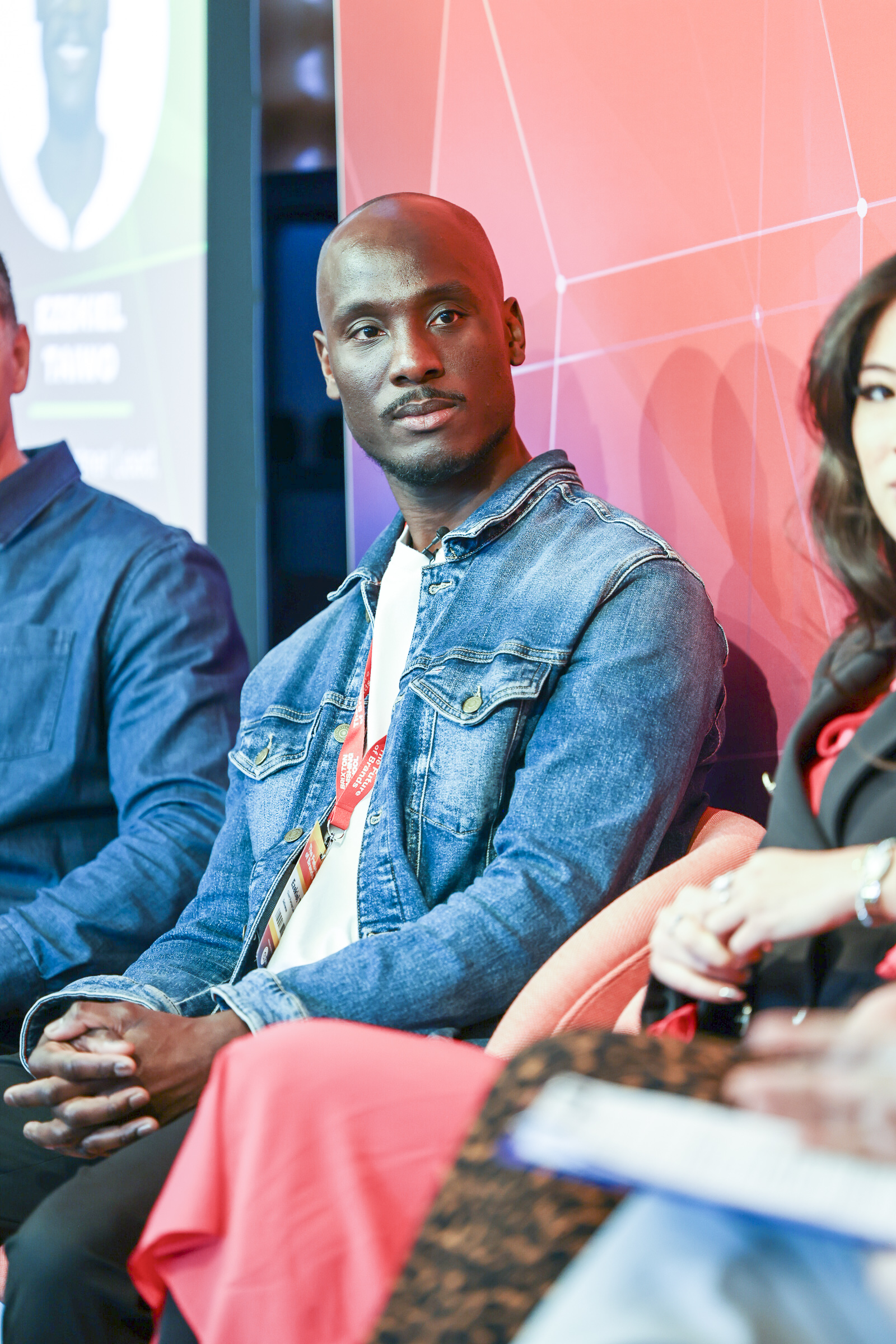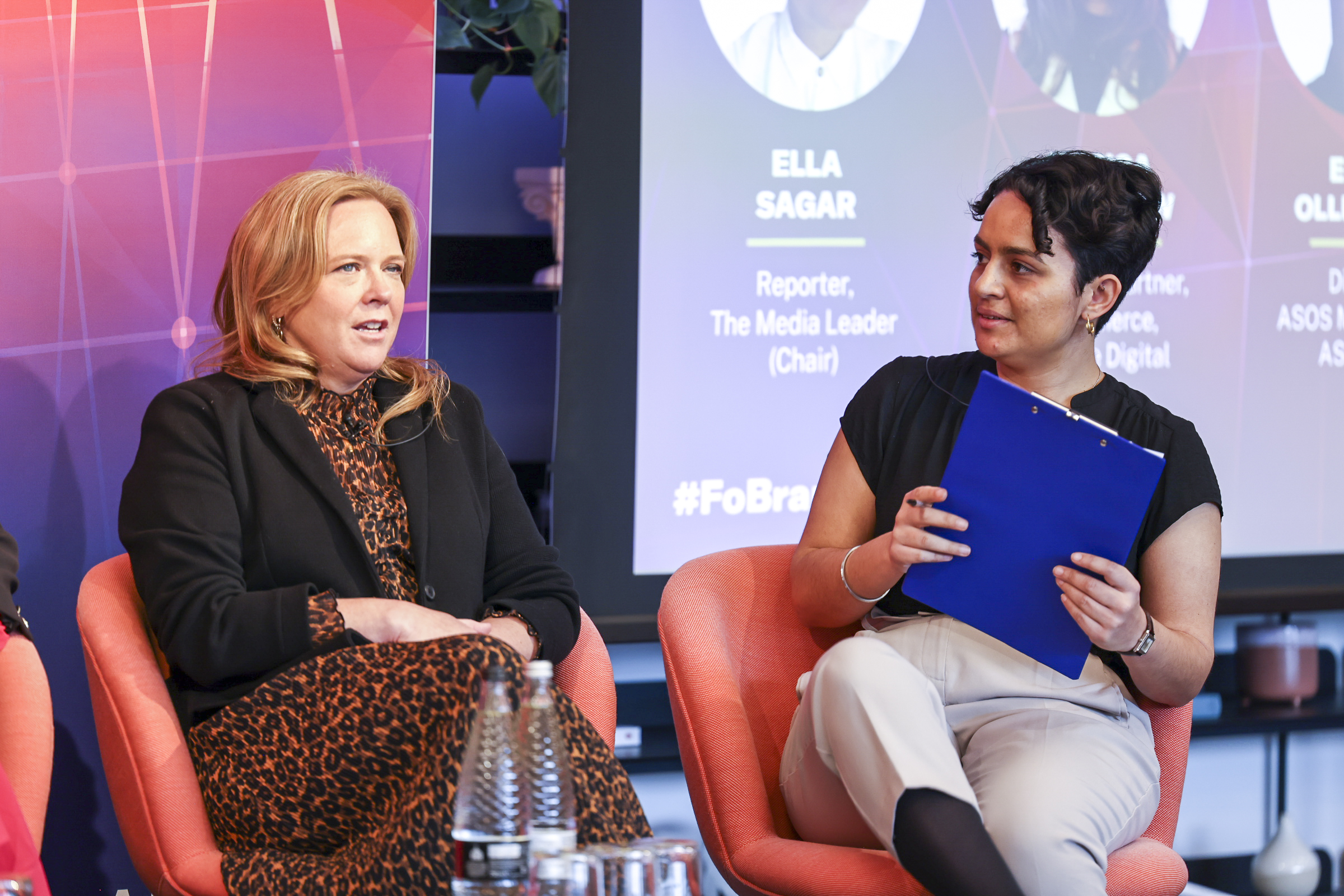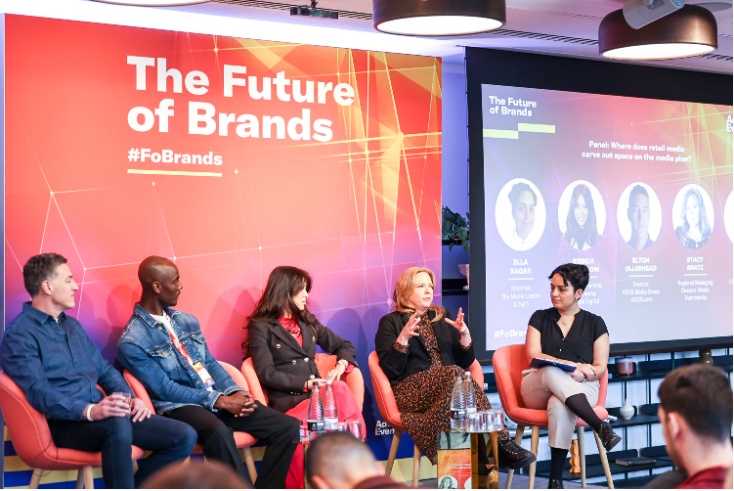Retail media has been making headlines over the past year for its growth in spend, new retailers entering the space and new cross-media partnerships.
As recent coverage by The Media Leader has shown, these rapid evolutions are being described as “the Big Bang”, “wildfire” or “boom“, and this rate of change is set to continue as GroupM forecasted retail media to reach 25% growth this year and grow to £6.5bn by 2027, making up 16% of total digital ad revenue in the UK.
Last month a panel of retail media experts met at our The Future of Brands to discuss retail media’s space on the plan and its future.
Jessica Chapplow, managing partner, head of ecommerce at Reprise Digital, highlighted: “Retail media networks aren’t anything new by any means, but what is interesting is that the sophistication of them is massively taking off, especially if we think about the the last 18 months, we’re seeing a lot more refinement in terms of the data story, the propositions and also the teams that are being built out.”
It is not only the technical offerings of retail media networks themselves, but that buyers and clients are now becoming more “experienced” and “sophisticated” with using retail media in campaigns, and with that more demanding around targeting and measurement.
Stacy Gratz, regional managing director for media at Dunnhumby, which works with Tesco on their Media & Insight Platform, said that while the US is still two years ahead of UK retail media, with players including Amazon, Walmart, Target and Kroger, there has been a lot of education on the UK agency and client side about what retail media can actually do, especially with the range of on-site, in-store and off-site partnerships available.
She explained: “With Tesco and grocery brands, there are so many channels, you’ve got in-store, radio, magazine, onsite, offsite. The expectation is that all of that needs to be connected and to create a true view of the customer the entire way through, and so that’s where we’re really putting pressure on ourselves to make sure we’re able to tell that story to brands and provide the right measurement solutions.”
Retail Media Networks are making big retail even bigger
Elton Ollerhead, director of ASOS Media Group and Ezekiel Taiwo, client partner lead at Deliveroo, spoke about the challenges of being newer entrants to the digital retail media network space and playing “a bit of catch up” with the technology side.
Ollerhead said: “It’s not a hard sell anymore, that’s for sure; selling sponsored ads into a brand or display ads, and so on, as a part of a bigger creative solution offering. I think the expectation is that retail media platforms actually have these capabilities up and running, and are extremely well-connected to the data, which is where many are playing a bit of catch up.”
He highlighted in a previous session that ASOS started its retail media offering with a magazine, before moving to online display in 2019 with new formats launching later this year.
 Taiwo (pictured, left) joked that Deliveroo was”flying the plane as they built it” and said a unique challenge for the company as an aggregator of retailers was distribution and balancing communication.
Taiwo (pictured, left) joked that Deliveroo was”flying the plane as they built it” and said a unique challenge for the company as an aggregator of retailers was distribution and balancing communication.
He added: “At Deliveroo we are, dare I say, catching up, but it means that with what we are building right now, we can be quite daring and innovative and be thinking five years ahead.”
Retail media misconceived as solely activation
Chapplow made the point that retail media should be seen as having more full-funnel capabilities.
She told delegates: “One of the common misconceptions we see is that it tends to reside more in the optimisation and just purely as an activation tactic, when actually retail media as a whole is a strategic play that sits far more upstream.”
Chapplow talked about the “soft benefits” to retail media that can come from competitor lockout periods, incremental merchandising opportunities and wider shopper consumer studies.
Retail media myths: what’s holding up network adoption?
The majority of retail media spend comes from shopper and trade budgets at the moment but the future of retail media would be being able to attribute from different areas of the business, take those budgets and fund into retail media campaigns, she said.
Taiwo said in conversations trying to drive towards the upper funnel the focus is to get brands to think about a user being “in market” versus being “in basket” and educating around other test and learn touchpoints like sampling to “surprise and delight” consumers.
He said there was “an opportunity for brands to turn up more creatively to get people to think”.
Gratz (pictured below, left) agreed saying retail media should be brought out of the shopper marketing focus, where it has traditionally sat.

She said: “All of the really big brands are trying to figure out how do we organise ourselves so that we can bring retail media together and have a holistic plan rather than it just sitting with one team. What we’ve found a lot of success with is just meeting with those clients earlier, getting those conversations in a lot earlier than we would have in the past setting up a learning agenda.”
Chapplow and Ollerhead also warned the audience of falling into the “ROAS trap” where ads for lower priced goods can look less effective.
What’s next?
When asked what’s next for retail media networks, Gratz revealed that Dunnhumby has been using AI for years and is planning to launch a deterministic measurement tool in the next six to twelve months.
Chapplow highlighted that retail media will move to more generative AI to predict customer journeys and stressed: “My standpoint is how do we do that ethically? We prioritise performance as well as ethics in the same breath, and we’re not doing one over the other.”
Gratz also mentioned Dunnhumby has been working on clean-room solutions and CTV partnerships, which will be more important for brands as they are looking to a cookieless future next year.
Gratz also said they were looking at how to “enhance audiences” on platforms where they are spending money like Meta, Pinterest and ITV.
Taiwo said that digital on the back of riders in Zones One and Two in London
He also said he did not think the UK was “too far away” from a world where people can watch the semi-final of the Europa League, for instance, and at halftime see an ad on their Connected TV to buy Heineken which can be ordered to arrive before the second half starts.
Ollerhead said that alignment on definitions of metrics was “an important journey we need to go on”, for example a lifetime value of a customer or new customer.
He added: “If we move towards a more standardised set of definitions across retailers brands and agency buyers, you then start talking more common language where you can then start comparing across different retail media networks as a brand, which I think is powerful.”
Retail media could be ‘the third wave of digital’
Adwanted UK is the trusted delivery partner for three essential services which deliver accountability, standardisation, and audience data for the out-of-home industry.
Playout is Outsmart’s new system to centralise and standardise playout reporting data across all outdoor media owners in the UK.
SPACE is the industry’s comprehensive inventory database delivered through a collaboration between IPAO and Outsmart.
The RouteAPI is a SaaS solution which delivers the ooh industry’s audience data quickly and simply into clients’ systems.
Contact us for more information on SPACE, J-ET, Audiotrack or our data engines.






 Taiwo (pictured, left) joked that Deliveroo was”flying the plane as they built it” and said a unique challenge for the company as an aggregator of retailers was distribution and balancing communication.
Taiwo (pictured, left) joked that Deliveroo was”flying the plane as they built it” and said a unique challenge for the company as an aggregator of retailers was distribution and balancing communication.